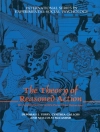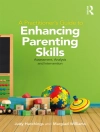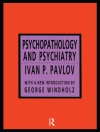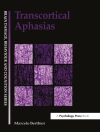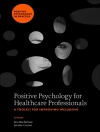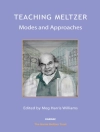We are now at a point where 'analytical advances’ permit researchers to theoretically and empirically formulate, model, and test many of the ideas pertaining to the working of Richard Florida’s 'creative class’ in interesting and new ways. The kind of advances we have in mind include, but are not limited to, recent developments in growth theory in economics, improvements in statistics and in regional science that permit researchers to analyze data in novel ways, and progress in computer science that allows researchers to take advantage of, for instance, natural language processing. The objective of this book is to demonstrate how new analytical advances permit one to have a richer and more nuanced understanding of the ways in which the creative class has functioned and the ways in which its abilities can be harnessed for the betterment of society at large.
Contents:
- Introduction:
- Introduction to The Creative Class Revisited: New Analytical Advances (Amitrajeet A Batabyal and Peter Nijkamp)
- Alternate Conceptual Approaches:
- Sustained Economic Growth and Physical Capital Taxation in a Creative Region (Amitrajeet A Batabyal and Hamid Beladi)
- Do Existing Theories Still Hold for the Creative Labor Market? A Model of Creative Workers’ Engagement and Creative Performance from a Management and Organization Perspective (Irina Alina Popescu)
- Analytics:
- The Creative Class Jobs Revisited: Towards a Continuous Score of Creativity Based on Natural Language Processing (Mikko Moilanen and Stein Østbye)
- Rethinking the Dimensions of the Creative City: Beyond Urban Amenity (Salma Mhamed Hichri, Hanene Ben Ouada Jamoussi and Walid Keraani)
- Regional Perspectives:
- The Creative Class at 19: But What About Detroit? (Gary Sands, Laura A Reese and Xiaomeng Li)
- Creativity and Remote Work During the Covid-19 Pandemic (Todd Gabe)
- Creatives during the COVID-19 Pandemic: The Case of Romanian Performers (Alina Maria Pavelea and Bogdana Neamţu)
- Advancement and New Spatial Patterns of the Creative Sector in the Old Industrial Structure (Slavomír Ondoš, Žofia Sinčáková and Oto Hudec)
- A New Perspective on Rural Creative Classes in Japan: Creating Shared Value for Sustainable Agriculture and Rural Development (Lily Kiminami, Shinichi Furuzawa and Akira Kiminami)
- Retrospect and Prospect:
- Creativity, Knowledge, and Institutions: A European Perspective on Florida’s The Rise of the Creative Class 20 Years Later (Bjørn T Asheim, Michael Fritsch, Høgni K Hansen and Arne Isaksen)
- The Theory and Analytics of the Creative Class (Richard Florida)
Readership: Graduate students and researchers in urban planning, urban economics, geography, regional science, city and regional planning, entrepreneurship, innovation, technology and knowledge.
Key Features:
- Discusses how recent theoretical and empirical advances help us better understand the working of Richard Florida’s creative class
- First book to provide analyses of the functioning of the creative class in multiple nations using modern quantitative methods
- Serves as a valuable reference for graduate students and those working in regional science, urban economics, geography, and city and regional planning


